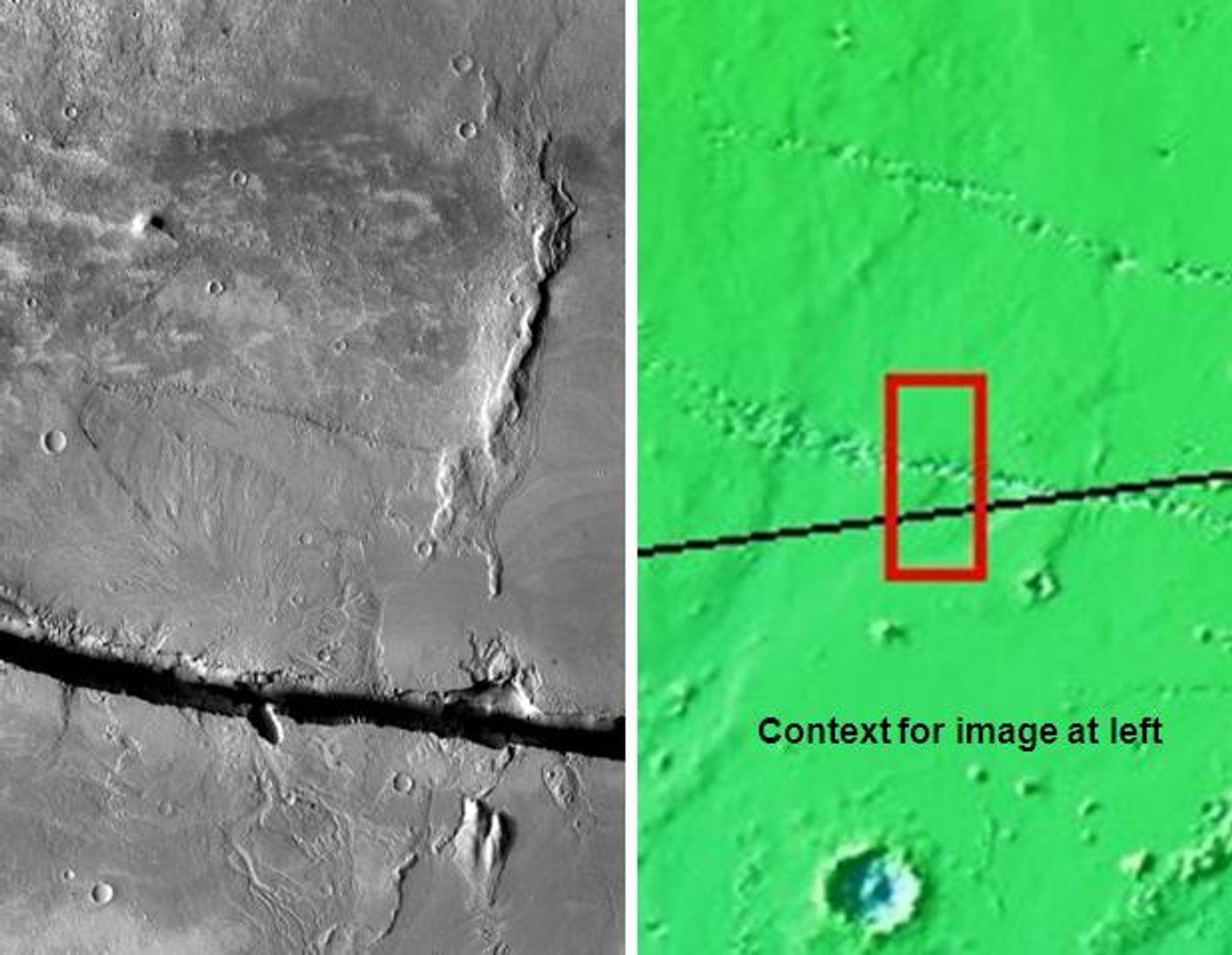Magma Is Still Shaping The Surface of Mars
New research from Nature Astronomy shows that magma is still shaping the surface of Mars to this day.
Researchers at ETH Zurich in Switzerland led an international team of scientists to analyze seismic data from the Mars Insight Rover. The paper was published on October 27.
The presence of magma on the Red Planet is relatively new. In April 2022, a team of scientists at the Australian National University and the Institute of Geology and Geophysics at the Chinese Academy of Sciences also discovered the presence of magma on Mars using data from Insight Rover. This was contradictory to the long-held understanding that tectonics were responsible for the quakes on Mars.
The researchers explain that much of Mars' landscape was shaped over three billion years ago. Lava and magma created the most extensive volcanic system in our solar system, Tharsis Montes, and consequently, the largest volcano, Olympus Mons, which is almost three times the elevation of Mount Everest.
The researchers studied over 13,000 marsquakes (like earthquakes, but on Mars) originating from Cerberus Fossae, a region of semi-parallel gashes on Mars’ surface. Faults form the rifts beneath the surface of the planet.
The researchers analyzed 20 recent marsquakes in the region and determined that the low frequency of the quakes was most likely explained by magma under the surface of Cerberus Fossae. The orbital images of Mars also confirmed that the tremors originated near a structure that looks like a volcanic fissure.
The images also showed darker dust deposits around the volcanic fissure, indicative of “recent volcanic activity” within the past 50,000 years.
The researchers even suggest that they are observing the dying breaths of this volcanic region as the magma flows out of the area. They think it’s heading east, towards its next explosion.
Source: ETH Zurich, Nature Astronomy









